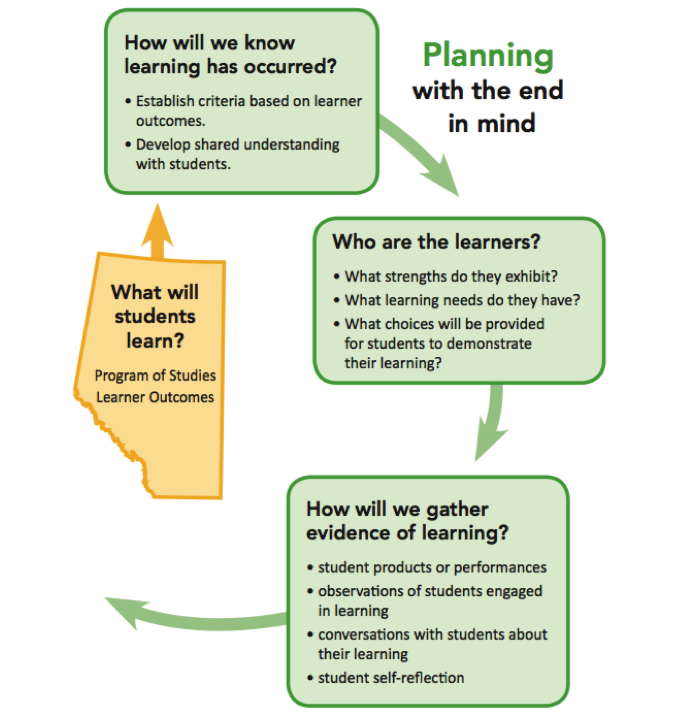In the words of children’s songwriters Paul Hann and Dennis
Charney…
Words
are amazing, words are amusing,
Sometimes
words can be confusing.
Confusing? Yes, confusing. This can certainly be true with
assessment vocabulary!
We’ve recently updated the AAC Assessment Glossary to help
provide clarity on some frequently used key terms. And while it doesn’t always
matter which term you use, sometimes it does.
For example, assessment for
learning and assessment of learning
have different purposes and audiences, and if we believe the research on the
power of formative assessment, it’s best not to mix them up!
Performance and achievement are often used interchangeably,
but within the Alberta context, they mean different things. Authors who write
for an international audience might use the terms differently, but if we
understand what the context is in Alberta, we can adjust as needed to ensure we
are making an appropriate application.
Learner outcomes and criteria can sometimes be a
head-scratcher. Why do we need criteria? Aren’t the outcomes enough? When we
were researching to write Creating
Credible Criteria, we looked at how members of the international assessment
community were using the term and discovered that there were different
definitions and applications of the term in common use. So, we decided we would
continue to think about criteria as we’ve done since AAC began over 20 years
ago.
The prescribed learner outcomes are lengthy and written from
an academic perspective. Teachers need to translate those outcomes into more
concise statements (that we call criteria) to capture the essence of what the
outcome is asking. This also helps students and parents understand what is
expected. With provincial curriculum development underway, we’ll wait and see
if criteria will continue to have a place within the assessment vocabulary. But
for now, criteria are an essential part of planning for assessment and
instruction.
And by the way, criteria are not always synonymous with “I
Can” statements, but that’s a topic for another whole blog!
In addition to updating the glossary, we’ve developed three
different professional learning modules that are short enough to use as a
conversation starter at a staff meeting or a grade level team meeting.
Take a look and think about using one for your next
professional gathering.
Everyone might not always agree with the AAC definitions,
but differences of opinion are always starting points for further professional
conversations and learning. Check the AAC Go page www.aac.ab.ca/go for a wealth of materials to
support ongoing learning about assessment.
Also, if you’ve linked your jurisdiction assessment and
evaluation policy to the AAC Glossary, you’ll want to update the link.
What questions have come up as you and your colleagues have
engaged with the updated AAC Assessment Glossary?

.jpg)








